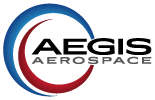MISSE-16 FACT SHEET
Dates and Spacecraft
| Launch Date: July 2022 | Spacecraft: SpaceX-25 |
| Return Date: Feb 2023 | Spacecraft: SpaceX-27 |
Mission Summary
MISSE-16-Commercial is part of a suite of investigations to test effects of space. This mission tests a fabric with imbedded sensors, 3D printed polymers, spacecraft materials, radiation protection biomaterials, BioPellets made from dried microbes, paraffin wax thermal protection, and thin solar cells. If able to stand up to the harsh environment outside the space station, these materials could help improve equipment for future space exploration. MISSE-16-NASA tests and analyzes how exposure to space affects the performance and durability of specific materials and components. A series of tests by NASA research centers, each MISSE mission tests new materials and material configurations. MISSE-16-NASA includes a new class of polymers, lenses that concentrate sunlight, ultra thin solar cells, regolith or lunar dust, and other materials.
Testing Overview
The MISSE-16 tests the following:
- Conducting research that evaluates the radioprotective properties of a new class of strong biomaterials based on melanin.
- Determine the effects of the space environment on materials in parallel with lunar dust experiments.
- Testing an electronic textile that tracks the basic operation of fabric sensors in terms of any gradual performance degradation due to atomic oxygen (AO) erosion & thermal cycling, with potential detection of space dust impact signatures.
- Testing 3D printed electroplated parts, and determining the effects of the space environment on the samples.
- Studying the effect of the low-Earth orbit (LEO) environment on different spacecraft materials by observing the dynamic change of optical properties as a function of time on orbit.
- Testing the survivability of agglutinated dried microbes, aiming to validate the newly proposed theory “massapanspermia,” which suggests that life can be transferred between planets without shielding materials.
- Investigating the applicability of phase change material (paraffin wax) for efficient thermal management of space-based RF electronics.
- Implementing a project to elucidate the materials stability and device performance in the space environment for the carbon-based perovskite solar cells. This investigation provides first-hand experience to develop stable, highly efficient, and lightweight thin film solar cells for space applications.
- Determine the effect of space atmosphere exposure on Epoxy based adhesives, composite resins and thermal interface materials.
- Will study the effect of extended microgravity on tin whisker development as compared to a 1G control sample.
- Evaluate the effects of the low-Earth orbit environment on different formulations of cyclic olefin copolymers.
- Determine the stability and degradation of the materials used for solar concentrator lenses in space.
- Use of the MISSE platform to validate in-space assembly of novel solar cells.
- Test potential spacecraft materials with electrophoretic deposited coatings for dust mitigation on the Moon and Mars.
About MISSE
MISSE, part of our fleet of Space Testing as a Service (STaaS)™ platforms, is a highly flexible, commercial facility owned and operated by Aegis Aerospace that is permanently installed on the external ISS truss near the solar arrays.

